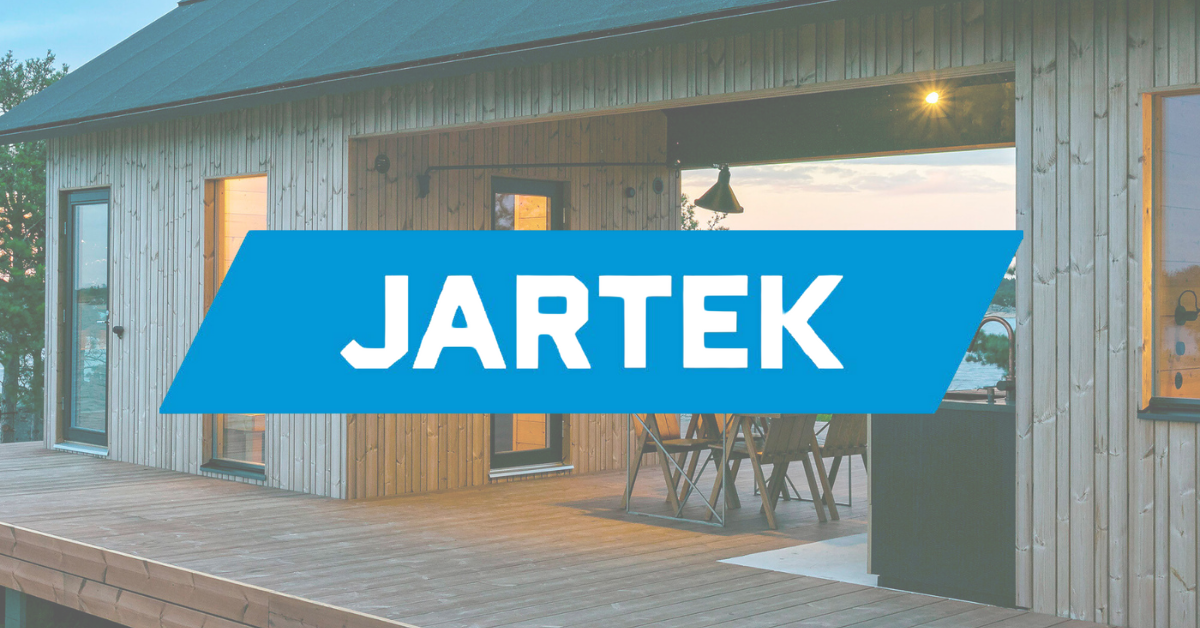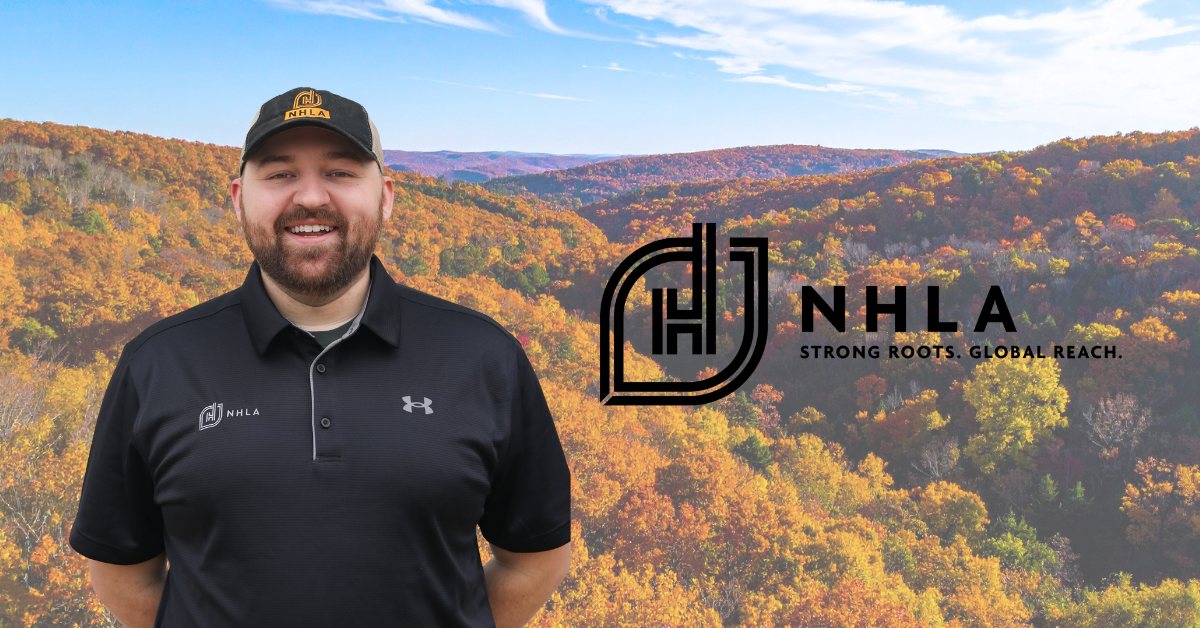The Role of NHLA in Standardizing Hardwood Lumber Grading
The National Hardwood Lumber Association (NHLA) plays a crucial role in the hardwood lumber industry by establishing standardized grading rules. These rules have helped bring consistency and fairness to the market and contributed to the sustainable management of hardwood resources. By ensuring a uni-form system for evaluating lumber quality, the NHLA has stabilized the industry while promoting the efficient use of raw materials.
Before the NHLA was founded in 1898, the hardwood lumber industry faced significant challenges due to the lack of a standardized grading system. Lumber buyers and sellers often had conflict-ing definitions of quality, leading to disputes, inefficiencies, and financial losses. Inconsistent grading also led to waste, as valuable hardwoods were sometimes discarded or underutilized.
Industry leaders recognized the need for uniformity and established the NHLA to create a common set of grading rules. These rules provided clear definitions for various grades of hardwood lumber, ensuring that all stakeholders—from sawmills to manufacturers—could operate fairly and transparently.
In more recent years, a few practices have confused hardwood consumers about the grading system and created issues within the hardwood industry. One of the most spoken about is the wane limitations on FAS, FAS 1 Face, and Selects. The common theme seems to be that the customers will not buy lumber with “all that wane.”
This is an important issue, and while I never want to alienate hardwood customers, my experience grading disputed lumber and resolving issues has shown me that customer feedback is usually valid.
For example, wane limitations are to be applied to the boards only after the grade has been established; this is a step that leads to many mis-graded boards. Also, although it’s technically possible to have exactly half the length of wane on both edges of a FAS board, achieving this is more challenging than meeting the required 10/12 yield—which is what customers are actually paying for
(83 1/3% clear).
There is not much difference in the 1 Common side of F1F or Selects, so to allow all the wane you can have, the required yield and cutting sizes must be achieved, and then you would apply the wane limitations. Example: 5 ¾” x 8’ FAS on the better face, reverse side does not exceed wane limitations of 1/3 width x ½ length, but 1 Cutting would need to be 4” by 8’ to get the 32 C.U. required to achieve 1 Common, and there is only 30 2/3 C.U., so the board is a 2a Common.
The issue is not a lack of hardwood inspectors. It is a lack of skilled hardwood inspectors. Over the past 20+ years, the NHLA Inspector Training School has dramatically decreased in attendance, resulting in lower-skilled inspectors. While someone can learn to grade hardwood by simply reading the Rules Book, that doesn’t mean they can correctly apply the Rules to the boards.
By DANA SPESSERT, Chief Inspector
Share:
Related News & Blog

November 5, 2025

November 5, 2025
Questions?
Have questions or need any assistance regarding the NHLA Annual Convention & Exhibit Showcase?
